Søhøjlandet (‘the Lake Highland’) is one of the most beautiful nature areas in Denmark. As the highest lying region in the country and the region with the most lakes, the views from the hilltops are breathtaking. The landscape is characterized by extensive woodlands, heathlands, rolling hills and lakes that are linked by Gudenåen, Denmark’s longest river. This truly is an overlooked nature paradise and I can’t believe it isn’t a national park (yet!).
Growing up in a village less than 30 kilometers from Søhøjlandet, I’ve known the area my entire life and spent many weekends there with school and family. But as an adult, I can’t even remember visiting the area once as I’ve been focused on exploring other countries. But with Covid-19 leaving me stuck in Denmark, I finally found the time to return to the area. For my 25th birthday in April, my family and I paid a short visit to Himmelbjerget (‘the Sky Mountain’) at 147 meters to enjoy the incredible views from its top, and some weeks later, I returned on a sunny day with my brothers and sister in law to go hiking.
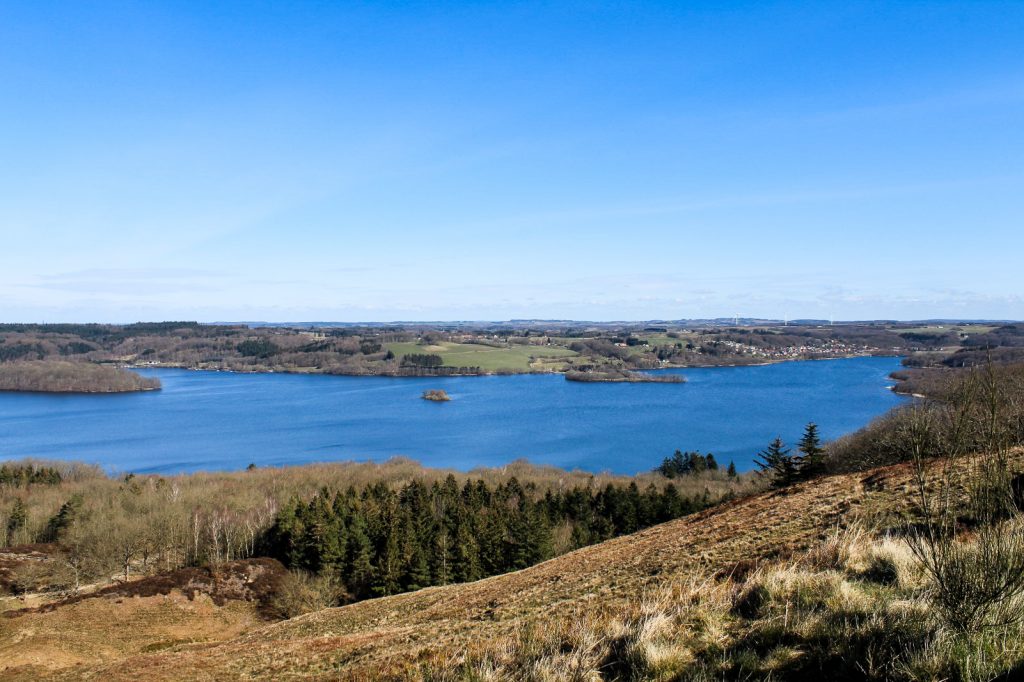
A beautiful hike in Ry
My sister in law Didde is a teacher at a school in Ry, a cozy town in the heart of Søhøjlandet. Due to the Covid-19 restrictions, she has been taking her class out for many hikes in the area, and there is one hike in particular that she loves and wanted to show us.
The eight km hike begins in the outskirts of Ry, just a hundred meters southwest of the 16th century mill, Rye Mølle. The first stretch of the hike follows a footpath at the edge of a forest alongside the mighty Gudenåen. After little more than a kilometer, the path joins onto a gravel road and winds its way up into the hills, revealing amazing views over Søhøjlandet. But even better views were to come.


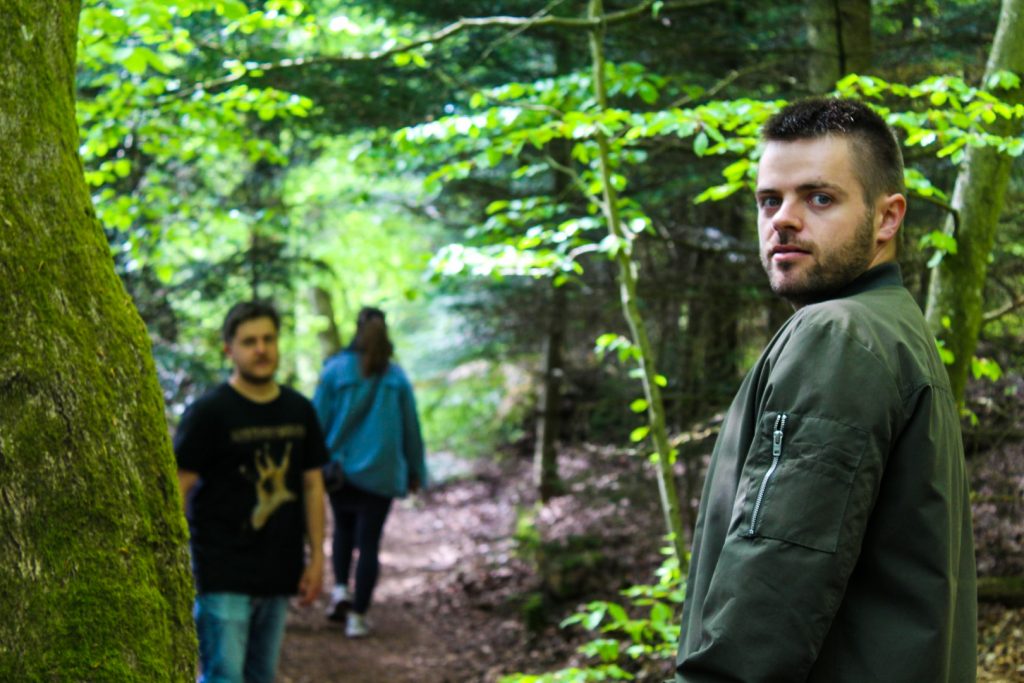


As we turned right onto another gravel road, we continued the gradual ascent while admiring the views of Ry appearing behind us. 500 meters along the road, we turned left and headed up a steep path to an unnamed hill, revealing a view that gives Himmelbjerget a run for its money.
I absolutely loved this place, and as Didde so correctly said, it’s much nicer here than Himmelbjerget because of the lack of people. This place is relatively unknown, and I, for one, would not have known of its existence if it wasn’t for Didde.
But Søhøjlandet is full of hidden gems and forgotten hilltops like this one just waiting to be discovered.


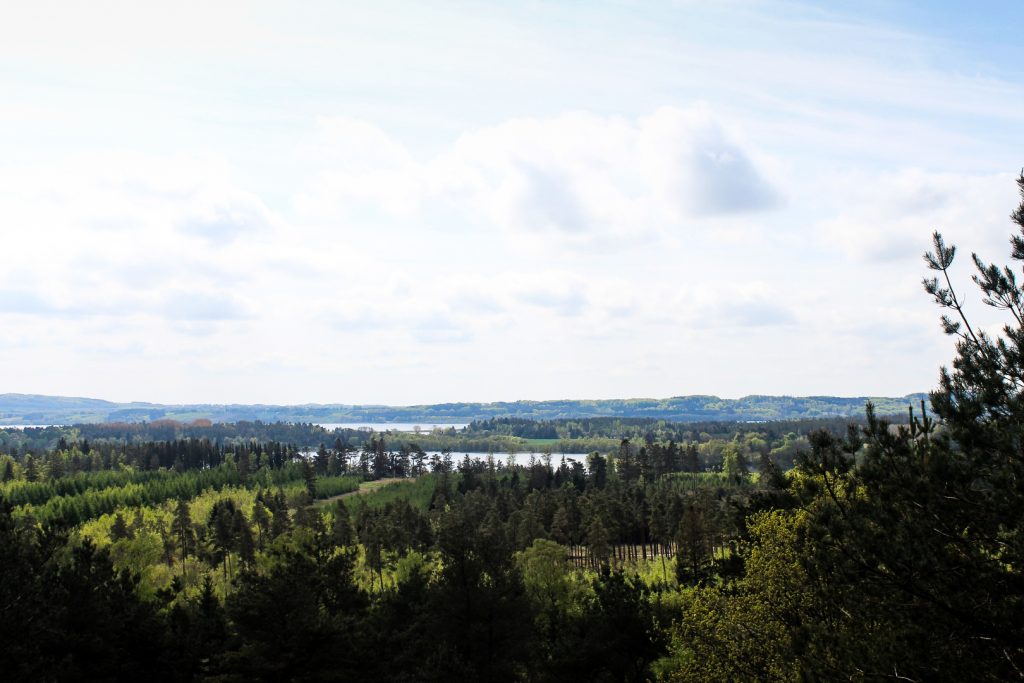

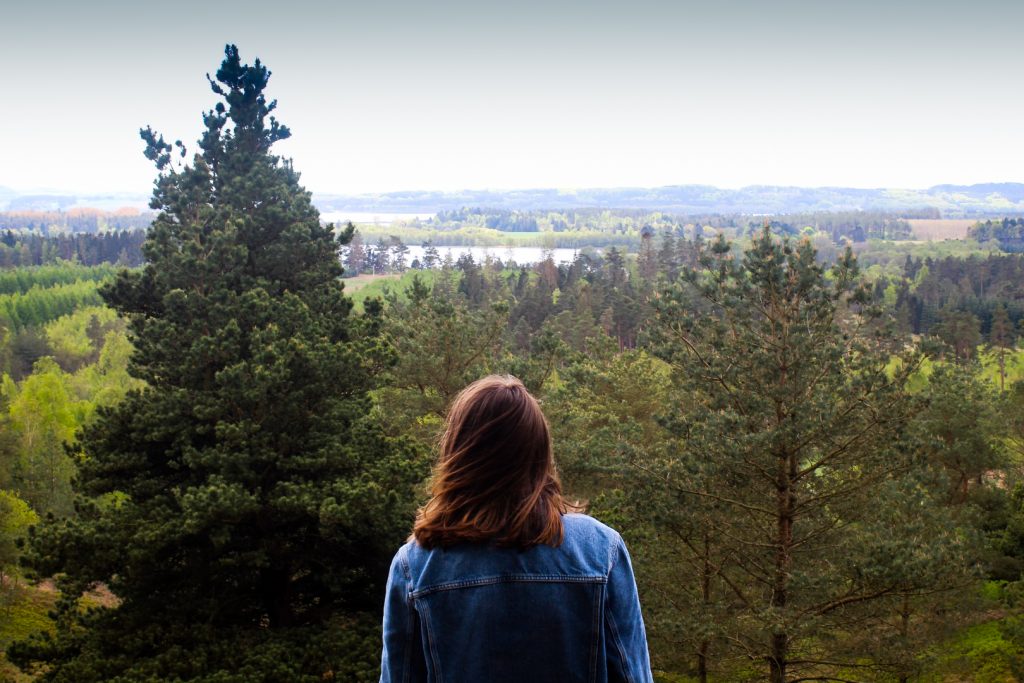
We stayed on the hill for quite a while, gazing out at the spectacular views, taking photos, eating some snacks and enjoying the last rays of the sun that soon disappeared behind thick clouds.
The hike back to Ry took us through a forest beneath the hill until we joined back onto the gravel road and then the footpath, leading us all the way back into town.
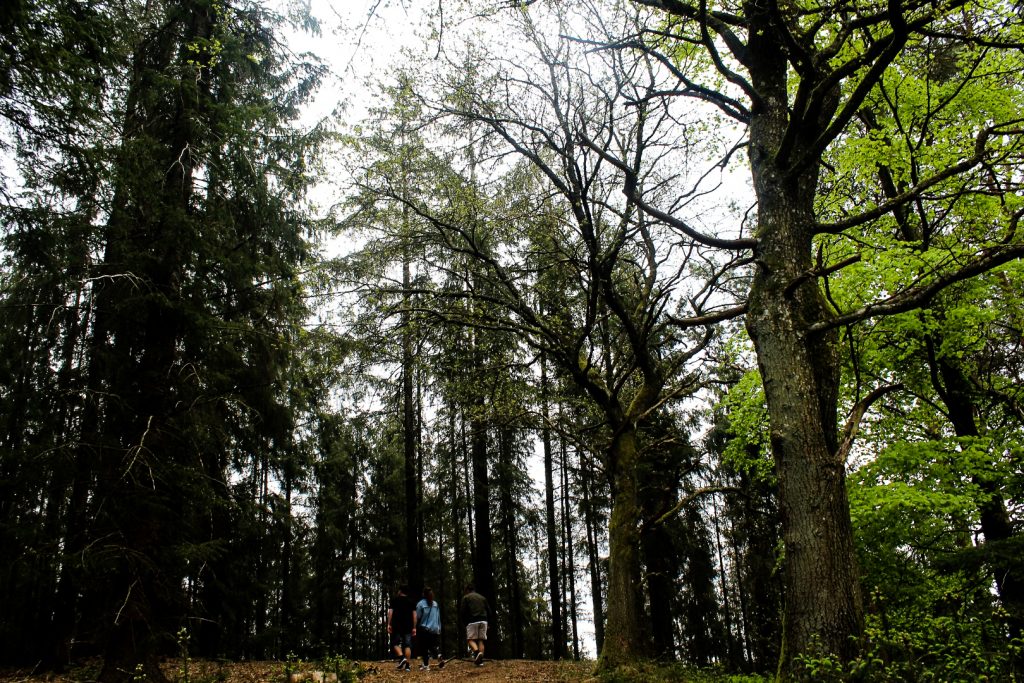
Galgebakken above Gl. Rye
When we got back to the car, I was shivering with cold. The temperature had dropped dramatically in a matter of minutes, so much that I felt a need to wear winter clothes – in May! Unfortunately, I hadn’t brought any, so I spent the rest of the day feeling cold, but thankfully the sights made up for it.
We drove six kilometers west to Gl. Rye, a quaint village surrounded by the beauty of Søhøjlandet. Our destination was Galgebakken (‘the Gallows Hill’), a hill of 101 meters above sea level with a dark history.
An excavation of the hill in 1944 led to the discovery of a female skeleton in a crouched position. She is believed to have died in the 17th century. Following the excavation, the skeleton, which was named Petrine, spent many years laying in a box in the loft of a local teacher before finally being exhibited on Museet på Gl. Rye Mølle, where she can still be seen today. Although the cause of her death is unknown, the same hill contained the remains of a gallows. It was the first of many gallows hills to be excavated in the country, revealing a dark time in Danish history where death sentences were given for even minor offenses such as theft. Who knows if Petrine was a victim of these cruel laws.

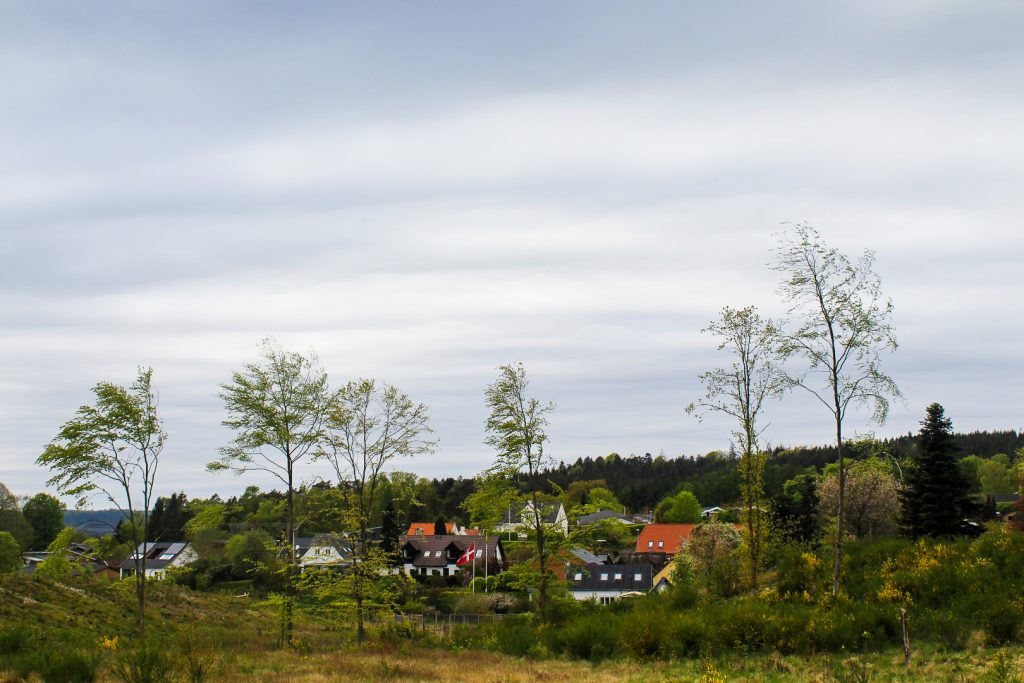
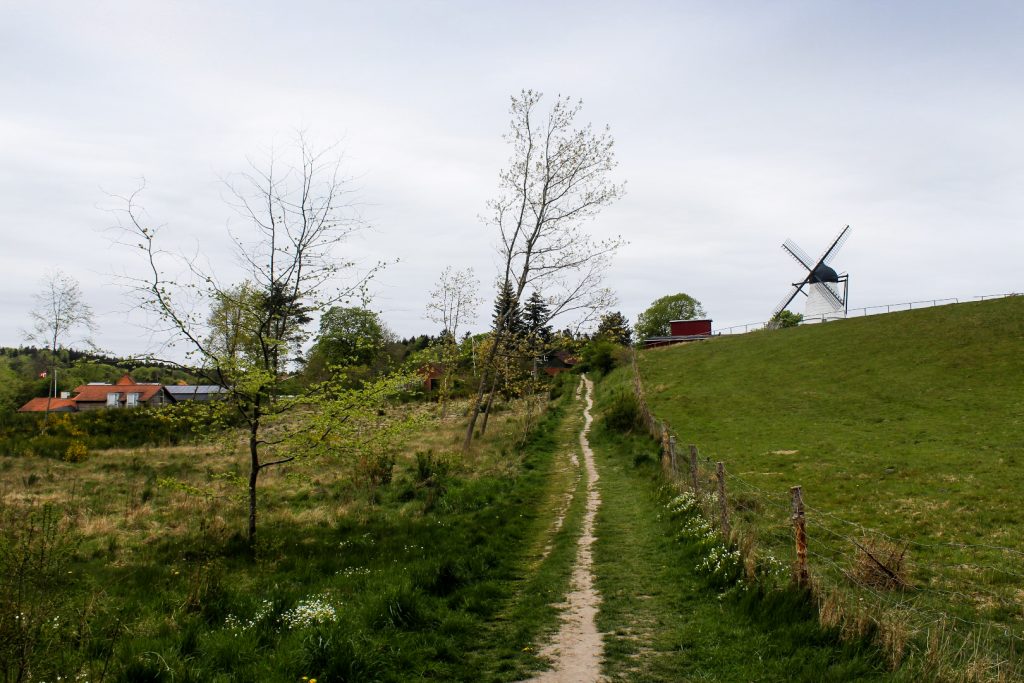
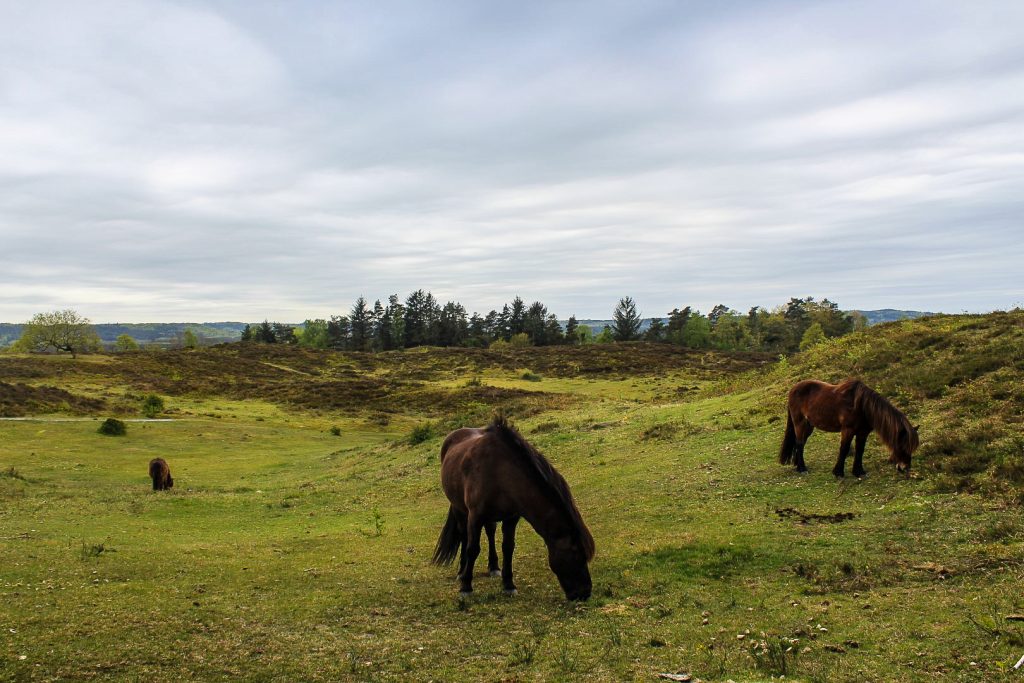
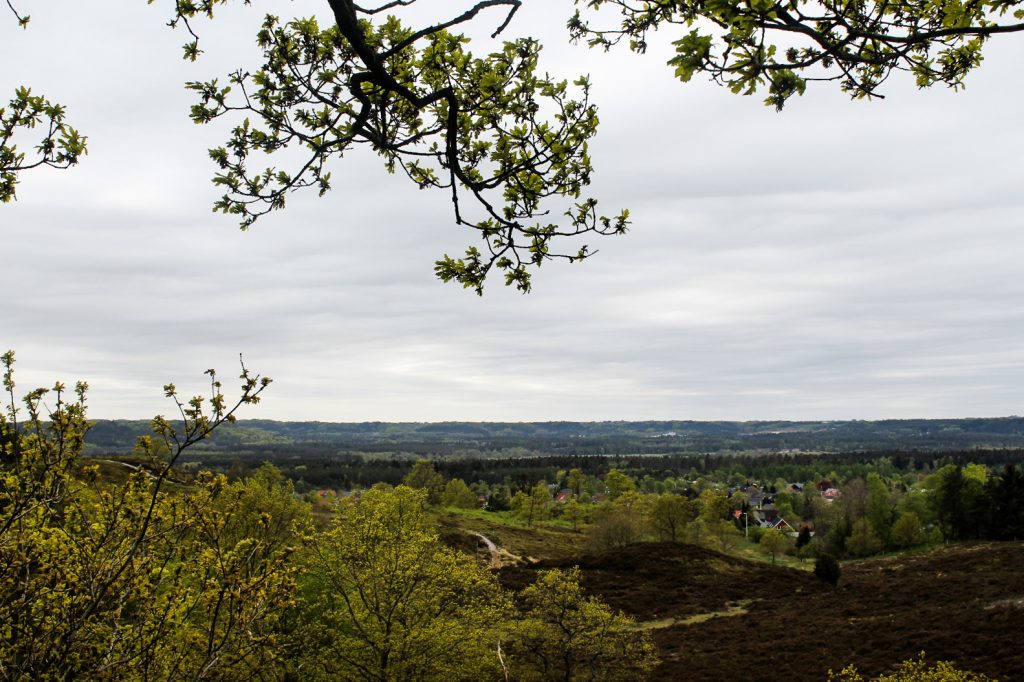
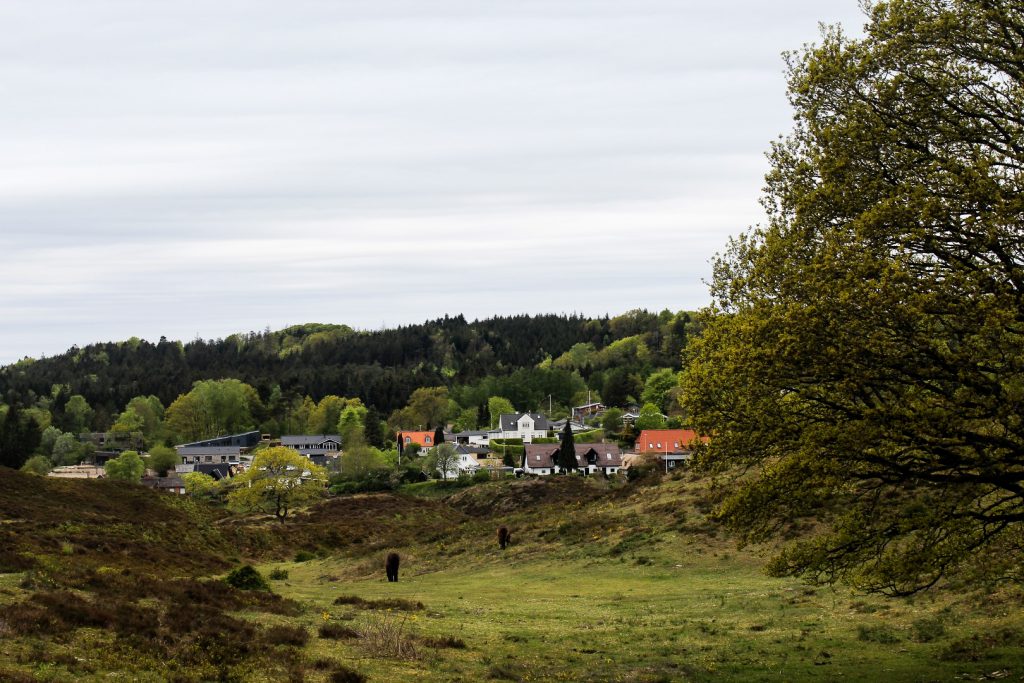
The alternative village of Vrads
From a dark time in our history to a village that embodies coziness and charm. After Galgebakken, we drove to the village of Vrads, home to just over 200 souls.
Vrads was named Village of the Year in 2012 by the association Landsbyerne i Danmark (‘Villages of Denmark’) and is known as an active village which focuses on organic living. The village stands out from most Danish villages by its alternative houses with quirky wooden details and odd shapes, as well as its small grocery store, which is run collectively by a group of residents and also contains a small gallery and internet café.
I was really excited to explore the village and visit the grocery store, but unfortunately, it was closed due to Covid-19 restrictions. But the village with its many quirky buildings and special atmosphere was well worth a stroll. One day I would like to return to see its streets become lively in summer, and free of restrictions.
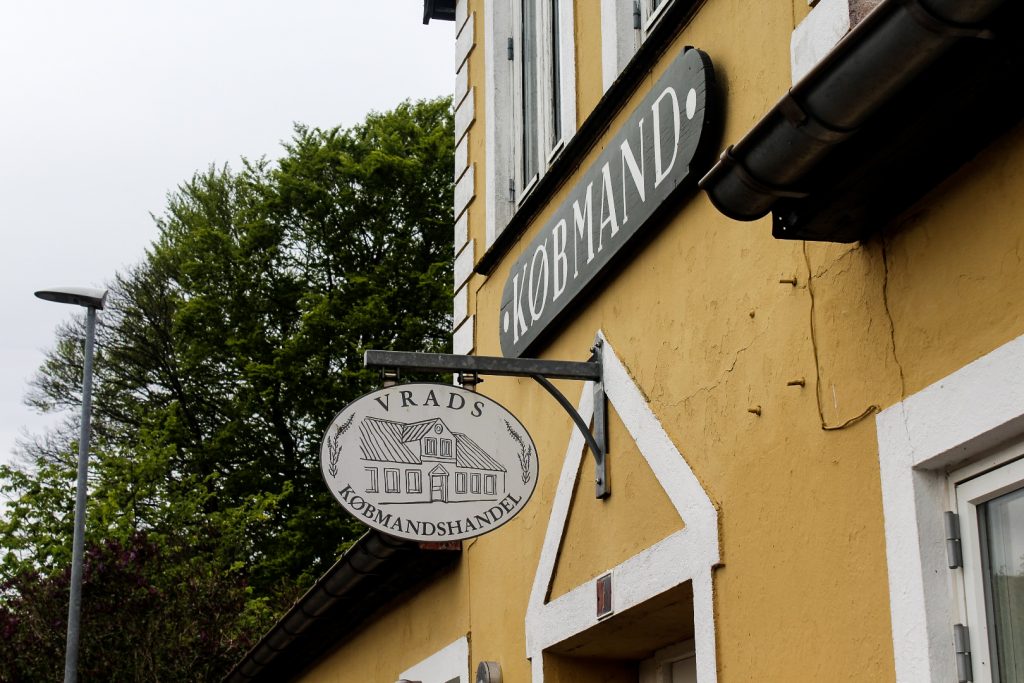

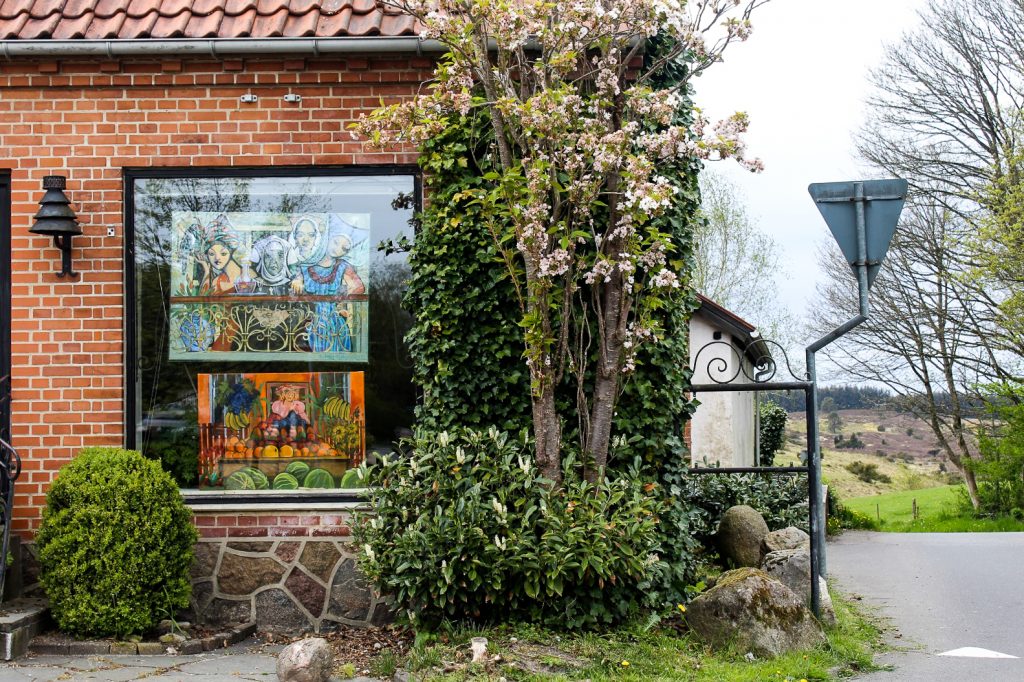
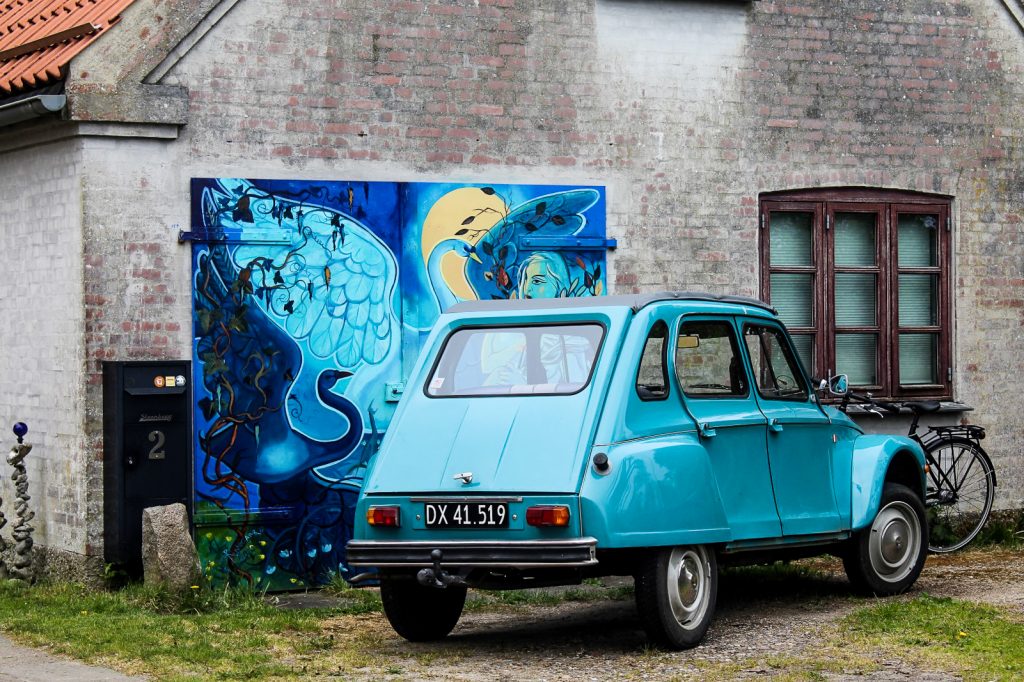

Our visit to Vrads concluded a great day amongst the forests, lakes and hills of Søhøjlandet. Although I didn’t return again this summer as I focused on exploring my own home region, I know I will in the future. There are so many hikes that I would like to do and campsites I want to try out!
Leave a Comment
Pingback: My June 2023: Summer in Denmark & the Canadian Rockies – Northtrotter on 22/09/2020
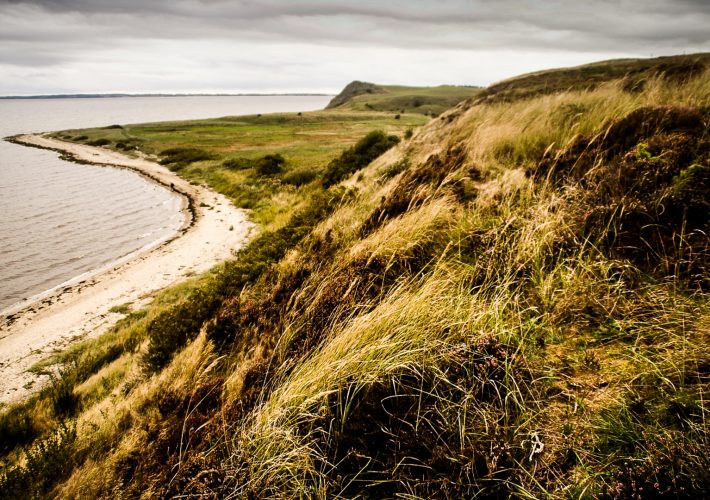
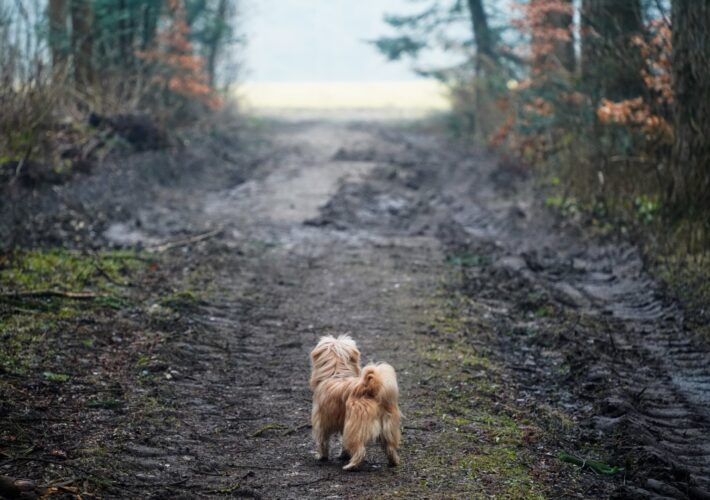
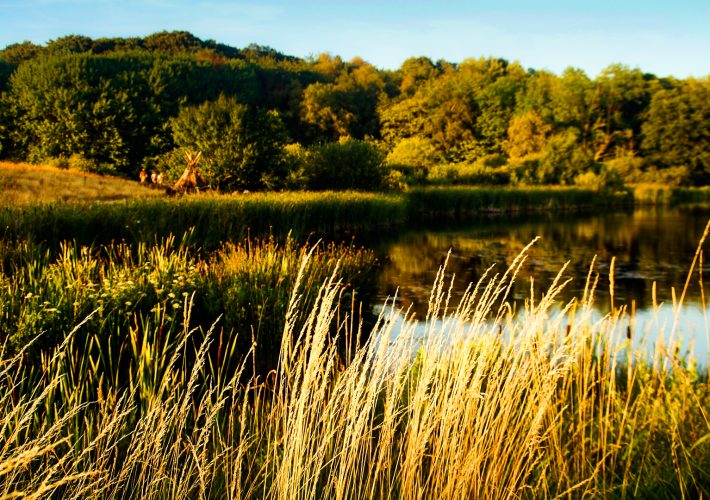
1 COMMENT